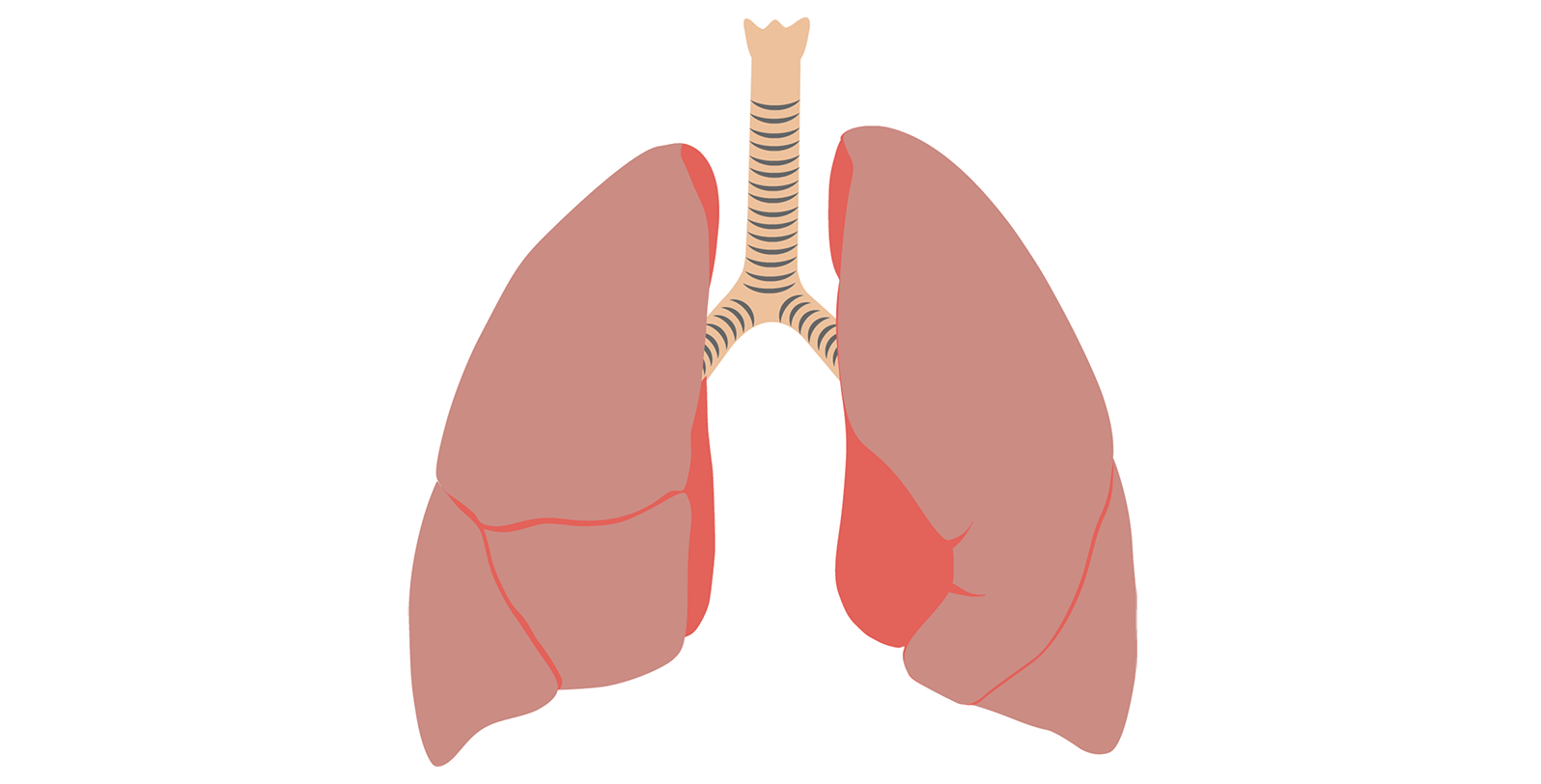
Cystic fibrosis
Cystic fibrosis (CF) is a devastating disease, graphically described from the patient’s perspective as drowning from the inside. It is an inherited disorder that causes organ damage throughout the body, with particularly severe damage to the lungs and digestive system, impairing normal growth and development.
In people with CF, a defective gene causes lung and digestive tract secretions to become sticky and thick. This leads to ducts, tubes, and passages becoming blocked, causing tissue damage and increasing the risk of infections, especially in the lungs.
CF is a channelopathy caused by mutations of the CFTR gene that lead to defects in CFTR chloride ion channel function, resulting in dysregulation of epithelial fluid transport in the lung. This dysregulation leads to mucus becoming thick and sticky. The role of mucus is now compromised; it fails to clear bacteria and other foreign matter, leading to infection and inflammation, and can ‘plug’ the airways, further compromising lung function.
CFTR is not the only chloride ion channel present in the airway epithelium – there is also a calcium-activated chloride conductance channel (CaCC). Although the presence of this channel has been known for decades, its molecular identity was only elucidated as TMEM16A (sometimes referred to as Anoctamin1 (Ano1)) in 2008.
Below see related publications, posters and reports on ion channel targets performed on QPatch or Qube 384.